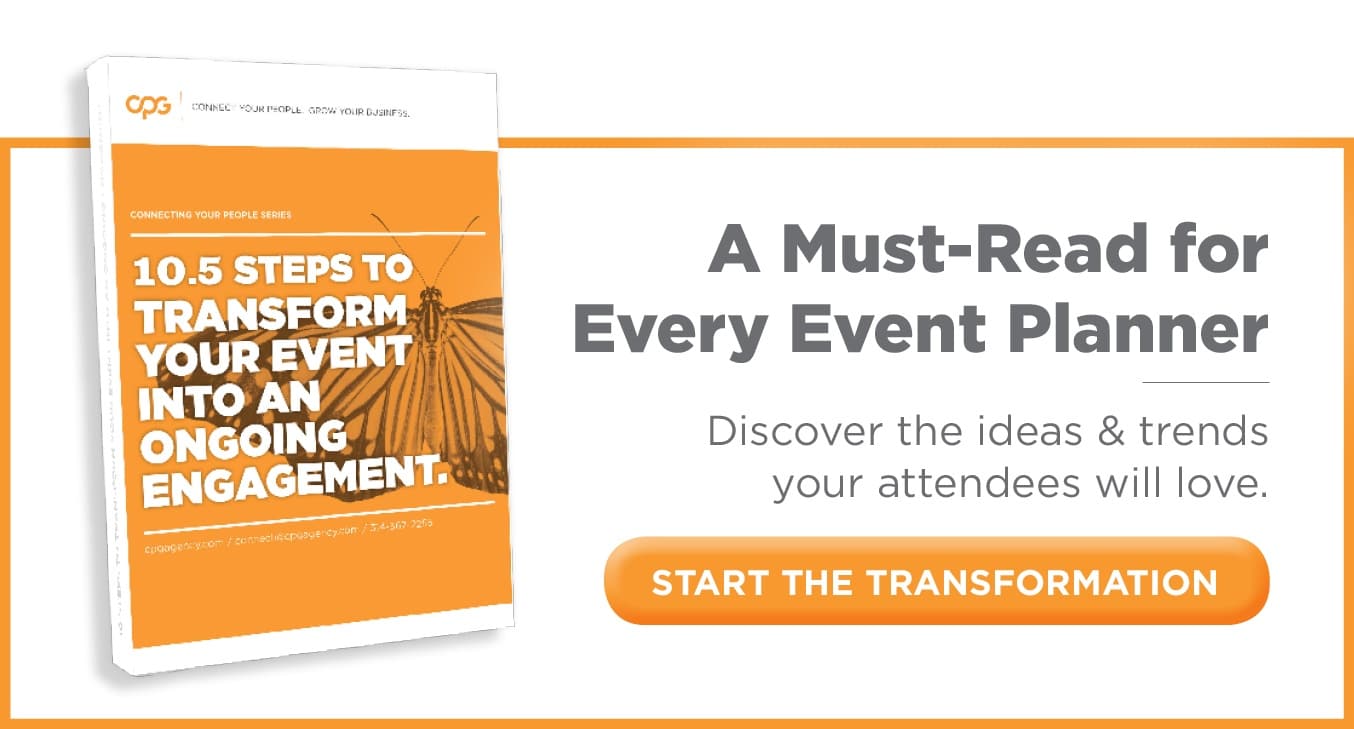Putting Your Best Foot Forward
From Salesforce’s Dreamforce to Microsoft’s Ignite, the biggest household-name tech gurus, eventually, need to cater to populations at large. Names hold a lot of power, but it’s possible to inspire event-goers at a moment’s glance. To do so, however, you’ll need to put your best foot forward.
To craft the perfect user event title, you’ll first need to underscore your company’s main objectives. Then, you’ll need to refine these core highlights with event-specific considerations.
First, let’s look at the inspirations to be derived from your central platform.
What’re Your User Conference’s Main Objectives?
To Build Brand Awareness
First and foremost, effective producers design user conferences to build awareness.
This is where your brand brings its newest projects into the spotlight, reveals new features, benchmarks victories and provides a sneak peak at future products and services.
To Engage Users Face-to-Face
In 2019, in-person feedback, Q&As, live product tests and interviews are more valuable than ever. Your user conference is one of the few company events capable of surpassing typical online engagement. A successful tech event isn’t only informative—but personable.
To Inspire and Educate
Finally, your user event should be memorable. Inspiring users surpasses regular communication, influencing your biggest fans to reach out and share your brand’s story—inspiring others, too. Education begets this inspiration. Rather than informing users of your latest products, design innovations and tech journeys, you’ll need to bring them along for the ride.
Download Our eBook: 8 Fundamentals of an Internal Communications Strategy
If your people are sending out the “whatever” vibes, it’s time to get back to the basics. Make sure your internal communication strategy is following 8 fundamentals to cultivate an engaged workforce aligned with your company’s success.
Name Your Fingerprint
By defining your entity’s DNA, you can present its conference as something exclusive, unique and valuable to users. IBM’s annual business and user tech conference, Think, is a great example. It introduces its newest tech, from AI to hybrid multicloud data, to an exclusive bunch who get a sneak-peak before anyone else.
Your brand’s “fingerprint” should be displayed as such: Something precise and memorable—but something simple and well-connected. The above-mentioned core features define this fingerprint’s outer framework, but its ideal user event name will hint at the fine details. Here are the best ways to fill in the lines.
Tip 1: Go Smart
Double meanings, puns and idioms are your best friends. Put a spin on common phrases, transforming pronunciations to redefine the very definition of today’s typical user conference. Play with vocabulary, underscoring your brand as something more than clever: innovative.
Examples:
- IBM Think
- Adobe MAX
- Microsoft Envision
Tip 2: Be Different
Before choosing your event’s name, scope out the competition. Many user events utilize simple variations of others—resulting in a homogenous annual list of tech events which suggest, more or less, “the same thing, over and over.” Users will talk about your event if it’s unique—doubly so if its title is catchy and different.
Examples:
- Microsoft Ignite
- Code Sync Code Beam
- Spec by Slack
Tip 3: Be Precise
Catchy names are swift, compact and easy to latch onto. These same qualities, most likely, are core components of the very technology you’ll present. To be perceived as a specialist, you’ll need to compact complex ideas into attractive simplicity.
Examples:
- Salesforce Dreamforce
- Java One
- Odoo Connect
By defining your brand’s core values, augmenting them with these three golden rules, you can imbue your event with fine-tuned magnetism. Get creative! Be extraordinary. Most importantly: Go easy on yourself. Even the best tech companies take plenty of time defining, refining and testing user event names.
If you give yourself a while to collect ideas, the perfect name will reveal itself to you. Invite users to stay tuned to your brand’s latest, greatest features, too—because, sometimes, their own representations of your brand can make the work much easier.



